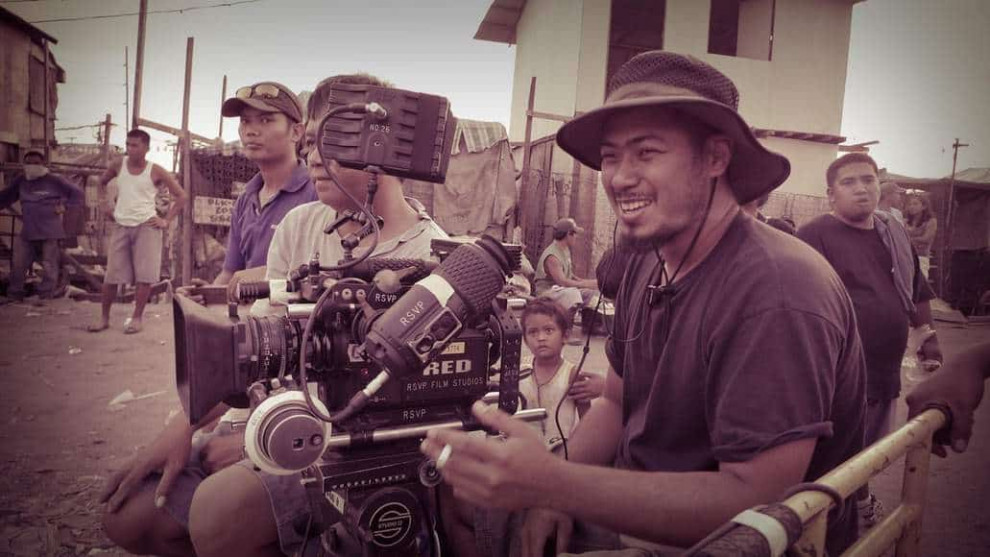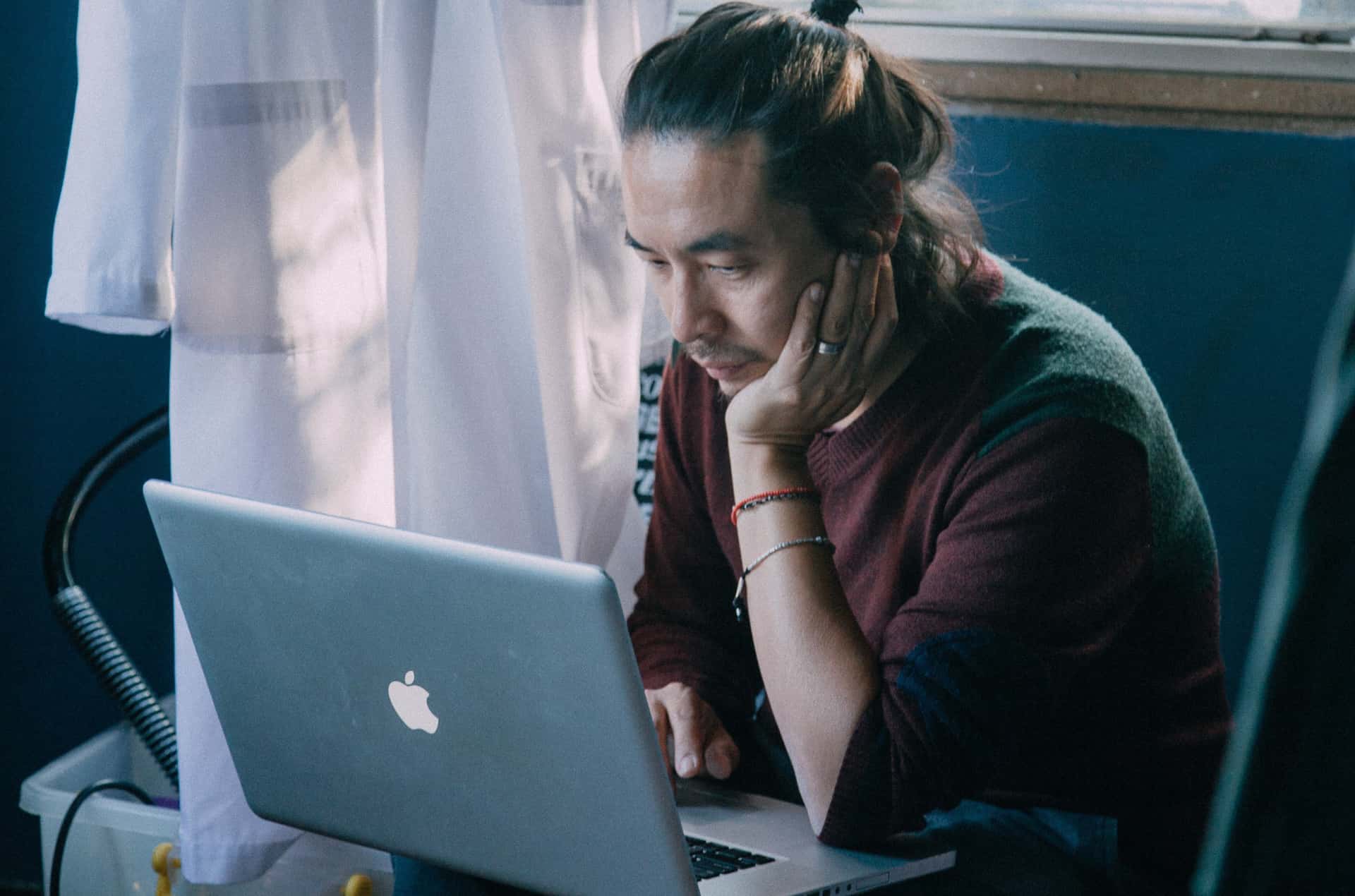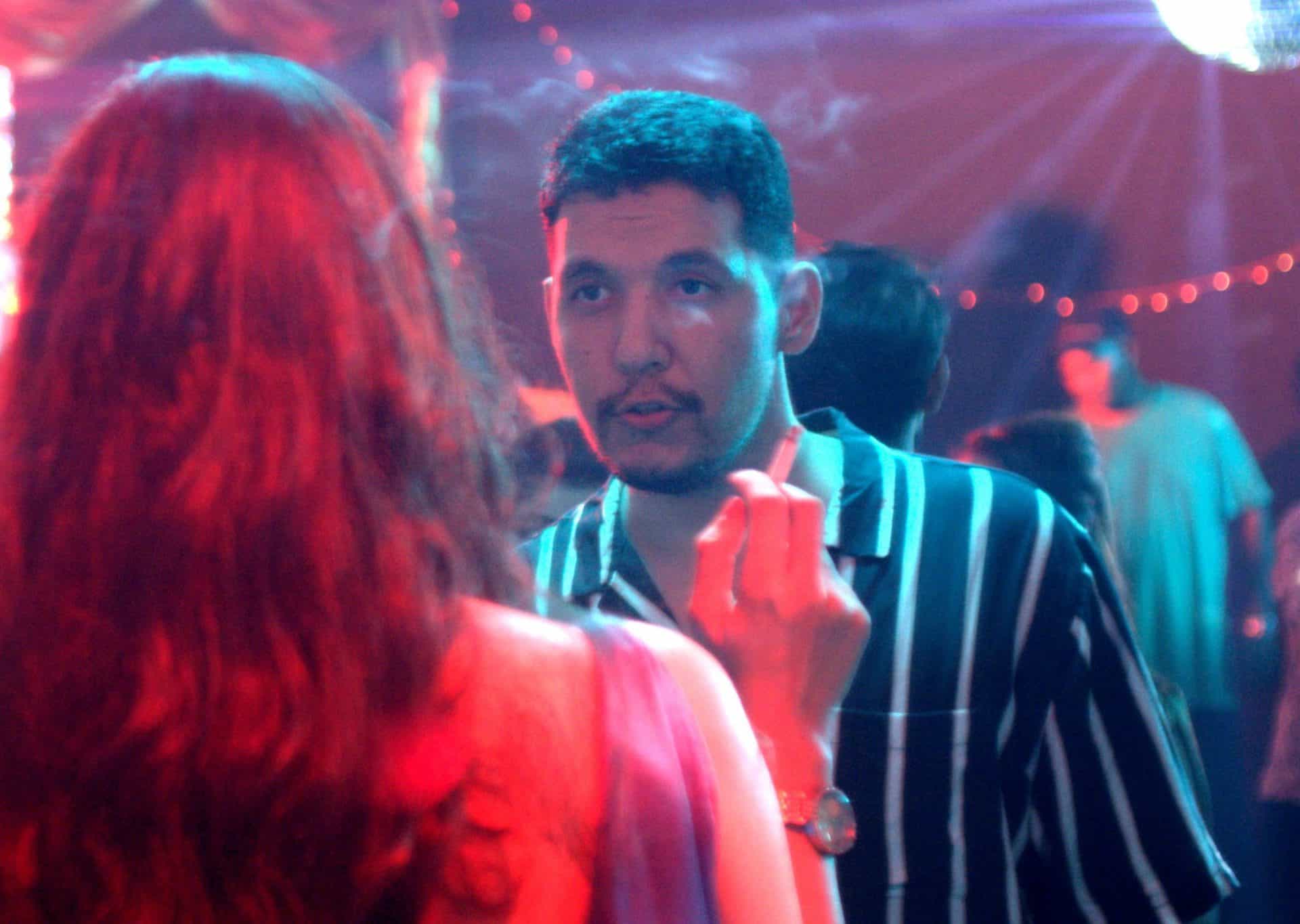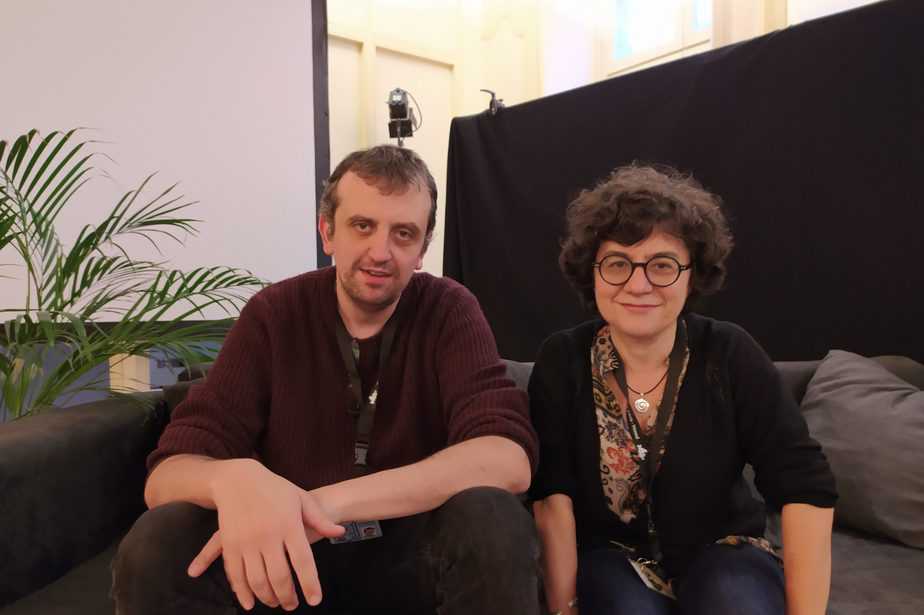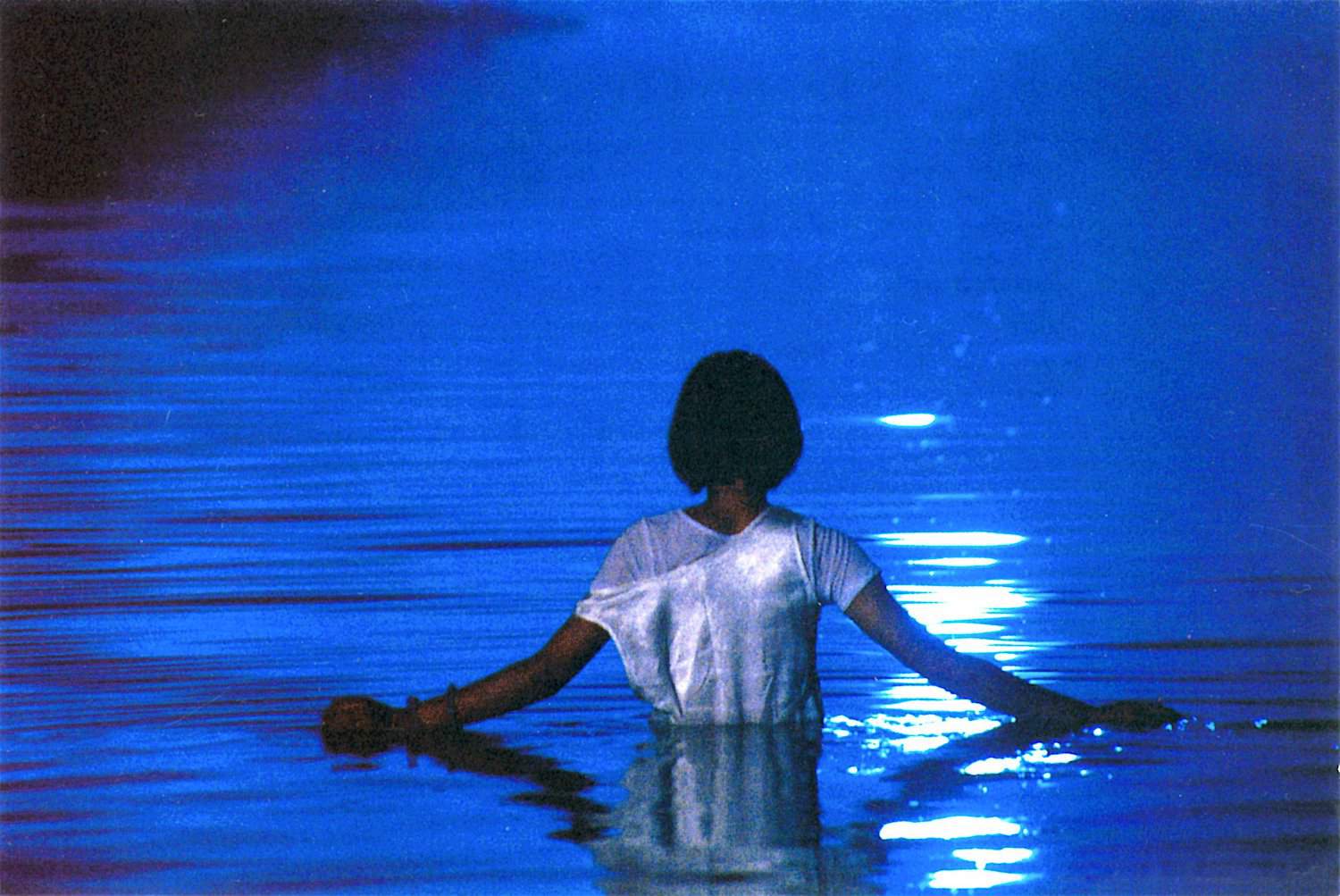Albert Banzon is a Filipino, multi-awarded cinematographer. After graduating from college, he took a series of workshops from the Mowelfund Film Institute. From there, he met Bahag-Hari, an MFI Alumni cinematographer, who hired him as a gaffer to work for Lav Diaz, in essence starting his career. Currently, he has more than 115 credits to his name, having cooperated with directors like Timmy Harn, Shireen Seno and Adolfo Alix Jr, although his most frequent collaborator is Khavn.
On the occasion of our #TheKhavnProject, we speak with him about his career, the differences between working for TV and movies, the changes the industry has undergone and of course, Khavn.
You have been working in film since 2000. Which were the most significant changes you have witnessed in Filipino cinema and which on the field of cinematography?
The most significant change I saw was the transition to digital filmmaking. It changed everything.
There are many misconceptions about where the role of the cinematographer stops and where the director's begins. Can you give us some details about your work, in that regard?
I think the scope of the role of the cinematographer varies; it depends on how the director likes to work. Some directors give you more control on some creative decisions and others come in with a very specific idea on how to do everything on the set. I think as a cinematographer, you just have to have an open mind & be ready to collaborate.
Can you give us some details about your cooperation with Timmy Harn (Dog Days), Shireen Seno (Nervous Translation), Adolfo Alix Jr (Padre de Familia)?
Timmy usually tells us his ideas & concept for a film, way before the script is finished. So we have an idea before pre-prod. begins. Jippy Pascua & I shot Timmy Harn's “Dog Days”. We were also a part of his previous film “Reptilia in Suburbia” so we were familiar with his style & workflow. Timmy is always clear with what he wants on the film & how it should flow and that made it easier for our department.

Shireen is meticulous but open for collaboration. “Nervous Translation” has 3 cinematographers Jippy Pascua, Dennese Victoria & me. Jippy & Dennese would usually set up the shot & operate the camera. After we agree on the angle & movement of the shot I proceed to light the scene. We took time, as much as possible, to see if we got the right shot before proceeding to the next scene.
Adolf Alix jr. usually works at a fast pace. He's also intuitive. Things that were discussed during pre-prod. can change if he feels it doesn't work on set. Our camera department & lighting department have to be ready at all times for these changes. “Padre de Familia” was a difficult shoot. We were on a tight budget & have time constraints. But since Adolf mostly works with the same staff & crew it was easier for us to communicate on the set.
You also work on many TV series. What are the main difference between cinema and TV and what do you prefer to do?
From what I experienced, the main difference between cinema & TV here in the Philippines is the coverage of the scenes. Where in cinema we try to find the optimal angle & shot suitable for the concept & style of the film, on TV we try to find the optimal position of the cameras that will be able to cover a whole sequence from beginning to end, from full shot to close up. In lighting, the concept is the same. Definitely, I prefer the workflow & style of cinema more.
How did your cooperation with Khavn started, and how come you ended up shooting all those movies together?
I met Khavn when I was still working for Bahag-Hari & Lav Diaz. We would sometimes borrow Khavn's canon XL1 camera. I remember I also did 2nd camera operation work for Khavn for 1 day on his 1st attempt to do Mondomanila. One day I saw him inside a video rental shop we both frequented, and he asked me if I wanted to shoot one of his films. I'm not sure why he asked me then but of course I said yes.

How has that cooperation influenced you as an artist?
Khavn is a major influence on how I see & look at cinema. He introduced me to different kinds & styles of cinema. Working for Khavn, it is during pre-productions where I learn the most. It's where he discusses his ideas, concepts & influences.
How would you describe Khavn's cinematic style?
For me it's a mixture of everything. Music, poetry, cinema all lump together.
How would you describe Khavn as a person?
Khavn has always been generous to me in many ways, & very forgiving. I have made lots of blunders while working for him and yet he still considers me to be his cinematographer for his films.
What is your opinion of the Filipino film industry at the moment?
Although independent cinema is striving, we need to set up strong guilds & groups to protect our workers & artists & also to educate by conducting more workshops & talks. Fortunately, there are steps being made. Currently, Filipino cinematographers have put up a new guild LPS (Lupon ng Pilipinong Sinematograpo).
What impact do you feel the virus will have on the industry?
The workflow will be different. Right now ,some TV stations & film productions are planning to reduce the people working on set. Tt will definitely affect how we film & which concepts & ideas are feasible to make in these conditions.
What new projects are you working at the moment?
After the lockdown, I'm scheduled to do a series for a TV station and then Khavn is planning to shoot a new film by November.


